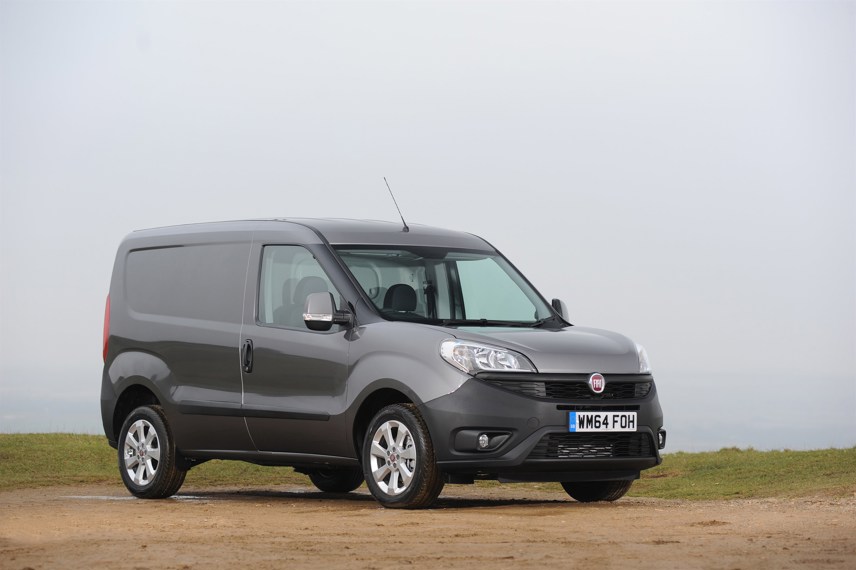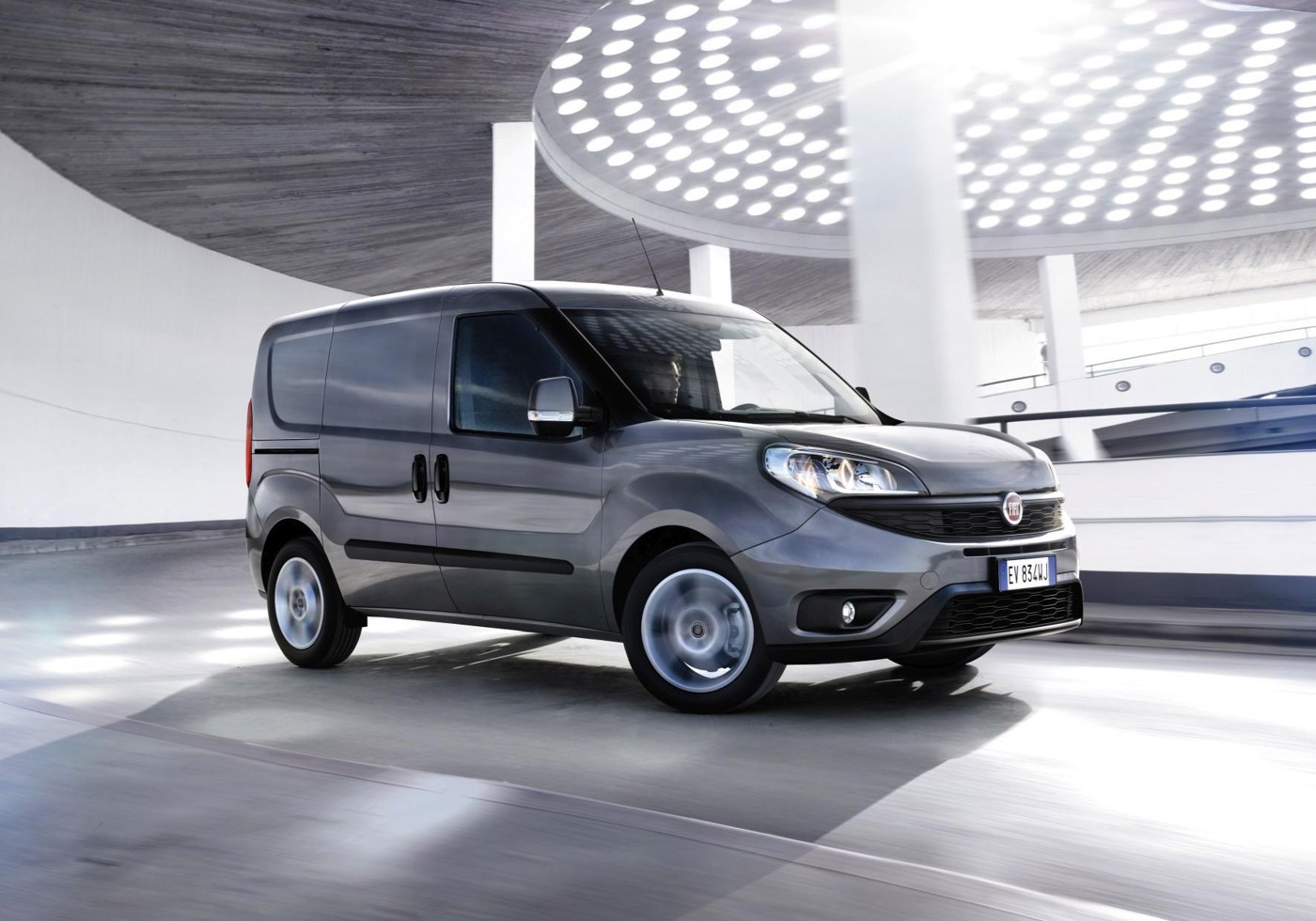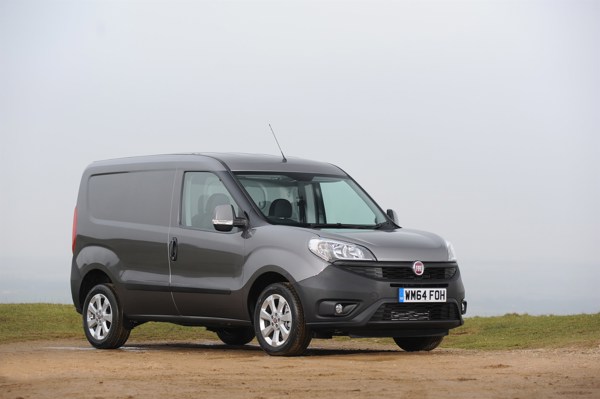Review
The previous Fiat Doblo Cargo , which launched in 2010, moved the manufacturer into the premium end of the van fleet market, alongside Volkswagen and Mercedes-Benz.
The Doblo was of such quality, practicality and drivability, that it equalled – and in some ways bettered – anything the Germans were producing at the time.
Fiat was well rewarded for its efforts with the Doblo. It has picked up any number of awards since, including International Van of the Year in 2011 and van of the year at the Fleet Van Awards 2010.
The Doblo has now been upgraded in a mid-life relaunch, ready to go on sale in the UK this month. While the third generation Doblo isn’t as much of a game-changer as its predecessor, there are plenty of innovations that make it much more than just a few nips and tucks.
For me, one of the few problems with the old Doblo was its looks, which were rather brutal and chunky. The new model has been completely reworked at the front and is a lot more like the chic products I’ve come to expect from the Italians.
The headlights have been put in a higher position, which should help protect them from low speed bumps and the bumpers are bigger, which will also aid crash protection. Fiat hopes the new looks will help to attract buyers to the passenger-carrying version.
At the rear, the new Doblo is the first vehicle to wear the full Fiat Professional logo on its tailgate, a signature which will appear on all new Fiat Professional commercial vehicles from now.
Aside from the new logo, the rear has not been altered, but there is a significant reason for this – Fiat offers the Doblo as a chassis-cab, allowing outside converters to turn it into niche products such as ambulances, box vans and fridge vans. Any change in dimensions would cause serious problems for these converters, who would have to go back to the drawing board and then get their new designs type-approved under the EU’s strict regulations.
Built at Bursa, in Turkey, the Doblo will be offered in a staggering array of versions – more than 1,000 in all – including the WorkUp, making this van the only one in the sector to come as a factory-fit dropside truck. There are long and short wheelbases, standard and high roofs and class-leading payloads and load volumes.
It boasts several upgrades in build quality – the door handles are stronger and are designed to be opened with a single finger, which will be a boon to delivery drivers struggling with heavy parcels. I tried the one-finger test at the launch drive in Birmingham and can confirm it does work.
While the cab hasn’t changed, noise levels inside certainly have. My test drive found the new Doblo much quieter than the old model.
The Doblo’s new Gateway fleet management system will be of particular interest to fleets. Sitting in a box under the seat, the device records driving data such as mileage, braking and speed, allowing fleet managers to keep an eye on their vehicles while out on the roads.
New paid-for options on the van will include powered folding mirrors, a removable torch, interior loading bars and roof flaps.
Fiat is claiming best-in-class comfort and handling for the new Doblo and I was indeed impressed with the driver and passenger seats, which both feature plenty of lumbar support.
The new Doblo also features different suspension set-ups for lighter and heavier models to further improve ride and handling.
There are big changes on the engine front too, with five to choose from – 1.3-litre, 1.6-litre, 1.6 ComfortMatic and 2.0-litre diesels offering between 90hp and 135hp and a 1.4-litre petrol with 95hp, reflecting the growing concerns of some operators about the effects of diesel particulates and emissions.
These engines offer up to 40% better torque response than the previous model while having no adverse effect on fuel consumption, which Fiat claims is now capable of up to 64mpg – an improvement of as much as 12%.
Fiat is also offering the option of an EcoJet pack at £450 extra, which adds start-stop, low rolling-resistance tyres, low-viscosity oil, an ‘intelligent’ alternator, a variable-displacement oil pump and a new aerodynamic pack and is estimated to save up to 15% on fuel. At 20,000 miles a year, that cost would be recouped after 18 months.
CO2 emissions for the EcoJet version of the 90hp 1.3-litre enginer are 115g/km.
Further enhancements have been made to the driving experience, with slicker gear changes and a lighter clutch.
I tested the 1.3-litre 90hp and the 2.0-litre 135hp models at the launch, both with a half-load of sand added in the back.
Even the 1.3 provided ample performance, while the 2.0-litre had more than enough power for most fleet’s needs.
Thanks to ever-better engine technology, it seems a diminutive 1.3 litres is all that’s needed nowadays for fleet purposes. What is the point of paying for extra engine capacity when it isn’t needed?
Prices for the new Doblo range from £13,995 to £17,325 – an average of £190 more than the outgoing model.









 Diesel
Diesel
 Petrol
Petrol











